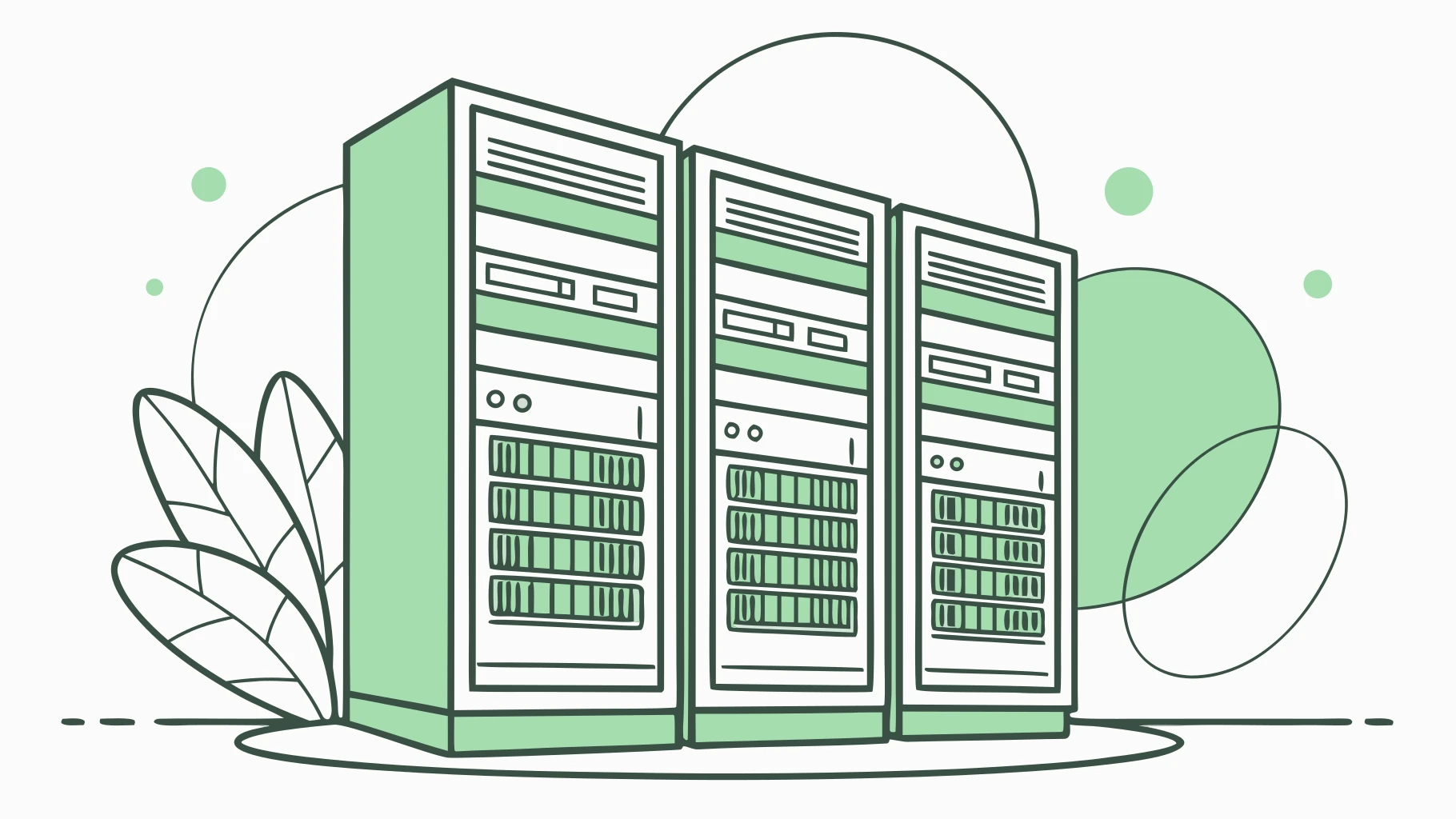Distributed Training
Distributed training enables training neural networks that would be impossible on a single device by splitting computation across multiple GPUs, nodes, or even data centers. Modern large language models like GPT-4 and Claude require distributed training across thousands of GPUs. Key techniques include data parallelism (splitting batches), model parallelism (splitting model layers), pipeline parallelism (splitting forward/backward passes), and tensor parallelism (splitting individual tensors). Frameworks like DeepSpeed, Megatron-LM, and PyTorch FSDP make distributed training accessible.

Overview
Distributed training solves the fundamental constraint of single-device memory and compute by spreading neural network training across multiple accelerators. When a model has 175 billion parameters (like GPT-3), it requires ~700GB just to store weights in FP32—impossible on a single GPU with 80GB memory. Distributed training makes this feasible through parallelism strategies.
Key Parallelism Strategies
- **Data Parallelism**: Replicate model on each GPU, split batch across devices, synchronize gradients
- **Model Parallelism**: Split model layers across devices (layer 1-10 on GPU 0, 11-20 on GPU 1)
- **Pipeline Parallelism**: Split forward/backward passes into stages, overlap computation
- **Tensor Parallelism**: Split individual weight matrices across devices (most communication-intensive)
- **ZeRO (Zero Redundancy Optimizer)**: Partition optimizer states, gradients, and parameters to eliminate redundancy
Popular Frameworks
- **DeepSpeed**: Microsoft's distributed training library with ZeRO optimization, supports trillion-parameter models
- **PyTorch FSDP (Fully Sharded Data Parallel)**: Native PyTorch distributed training with automatic sharding
- **Megatron-LM**: NVIDIA's framework for training massive transformer models with 3D parallelism
- **Horovod**: Uber's framework for easy distributed training across TensorFlow, PyTorch, MXNet
- **JAX with pjit**: Google's approach using sharding annotations for automatic parallelism
Business Integration
Distributed training enables businesses to train custom models that were previously impossible. A financial services company training fraud detection on 10 years of transaction data (500TB) can use data parallelism across 64 GPUs to complete training in days instead of months. E-commerce companies training recommendation models with billions of parameters benefit from model parallelism to handle massive embedding tables. The key is choosing the right parallelism strategy: data parallelism for models that fit in memory, model/pipeline parallelism for models exceeding GPU memory.
Real-World Example: Custom LLM Training
A legal tech company needs to train a 30B parameter model on 200GB of legal documents. Using DeepSpeed ZeRO-3 across 8x A100 GPUs (640GB total memory), they achieve 150 tokens/second throughput with automatic gradient accumulation and mixed precision training. Training completes in 2 weeks instead of the 6 months it would take on a single GPU.
Implementation Example
Technical Specifications
- **Scaling Efficiency**: Linear scaling up to 1000+ GPUs with proper communication optimization
- **Memory Savings**: ZeRO-3 reduces memory per GPU by N× (N = number of GPUs)
- **Communication Overhead**: Data parallelism: ~10-20%, Pipeline parallelism: ~5-15%, Tensor parallelism: ~30-50%
- **Supported Hardware**: NVIDIA GPUs (NCCL), AMD GPUs (RCCL), Google TPUs (gRPC), AWS Trainium
- **Network Requirements**: InfiniBand or 100Gbps Ethernet for multi-node training
Best Practices
- Start with data parallelism for models <7B parameters that fit in single GPU memory
- Use FSDP/ZeRO for models 7B-70B parameters to reduce memory redundancy
- Combine pipeline + tensor parallelism for models >70B parameters
- Monitor GPU utilization and communication time—target >80% compute, <20% communication
- Use gradient checkpointing to trade compute for memory (2x slower, 10x less memory)
- Batch size should scale with number of GPUs to maintain statistical efficiency